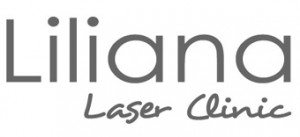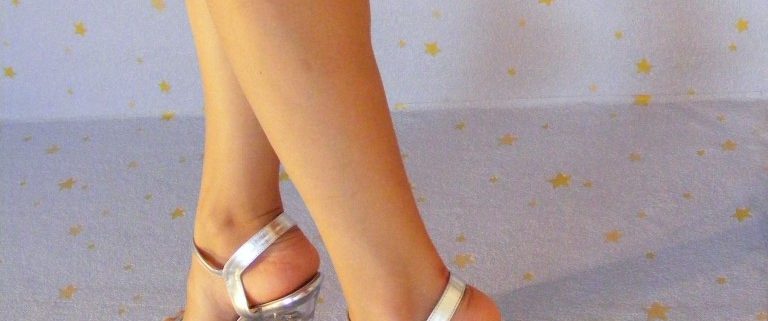Is Laser Hair Removal Right for You?
If you’re tired of having to remove unwanted hair through waxing, shaving, or tweezing, another option you may want to consider is laser hair removal. In the United States, this cosmetic procedure is one of the most commonly performed. Hair follicles are destroyed by beams of light that are highly concentrated. The hair follicles absorb the light, thus destroying them.
Benefits
Laser hair removal is useful for removing unwanted hair from areas including the bikini line, underarms, legs, arms, and the face. The benefits of using laser hair removal include:
- Predictability: permanent hair loss is typically achieved after 3 to 7 sessions.
- Precision: the lasers can select the coarse, dark hairs alone while leaving the rest of the skin untouched.
- Speed: only a fraction of a second is needed for the laser to treat several hairs.
Preparing for Laser Hair Removal
Laser hair removal is a medical procedure that can carry risks and require specialized training. It is important to check the doctor’s credentials before scheduling a session.
If you are scheduled to undergo laser hair removal, it is important to avoid sun exposure for several weeks before and after your treatment. Exposure to the sun can make your treatment less effective and create complications after the treatment.
It is also best to limit waxing and plucking for several weeks before the treatment since the laser targets the roots of the hair and plucking in waxing temporarily removes them.
What to Expect
Right before the laser procedure, the hair on the area being treated will be cut to the desired length. The doctor will adjust the laser equipment to the thickness, color, and location of the hair being removed. The equipment must also be adjusted to your skin color.
Appropriate eye protection is important to be used by you and the technician during the procedure. A cold gel is typically layered on your skin to protect it during the process as well.
Once you are protected, the doctor or technician will treat a small area. Once this is done, they will check for any bad reactions and determine if the best settings are being used.
Once the laser hair removal is completed, the technician will help ease your discomfort by providing you with cold water, ice packs, or anti-inflammatory creams or lotions. You will continue receiving treatments until the hair stops growing in the area being treated.
Risks
Generally, a day or two after the treatment, the area of your skin that was treated will feel and look sunburned. Moisturizers and cold compresses may help. It is fine to wear makeup on the area unless your skin has blisters.
The hair in the area treated will fall out over the next month. It is best to wear sunscreen during that time to help prevent problems as the hair falls out.
Occasionally, a patient may experience blisters. Though blisters are rare, people with darker complexions are more likely to have them. You may also experience scarring, redness, and swelling in the treated area. Some patients may notice the color of their skin changing our scarring permanently.




